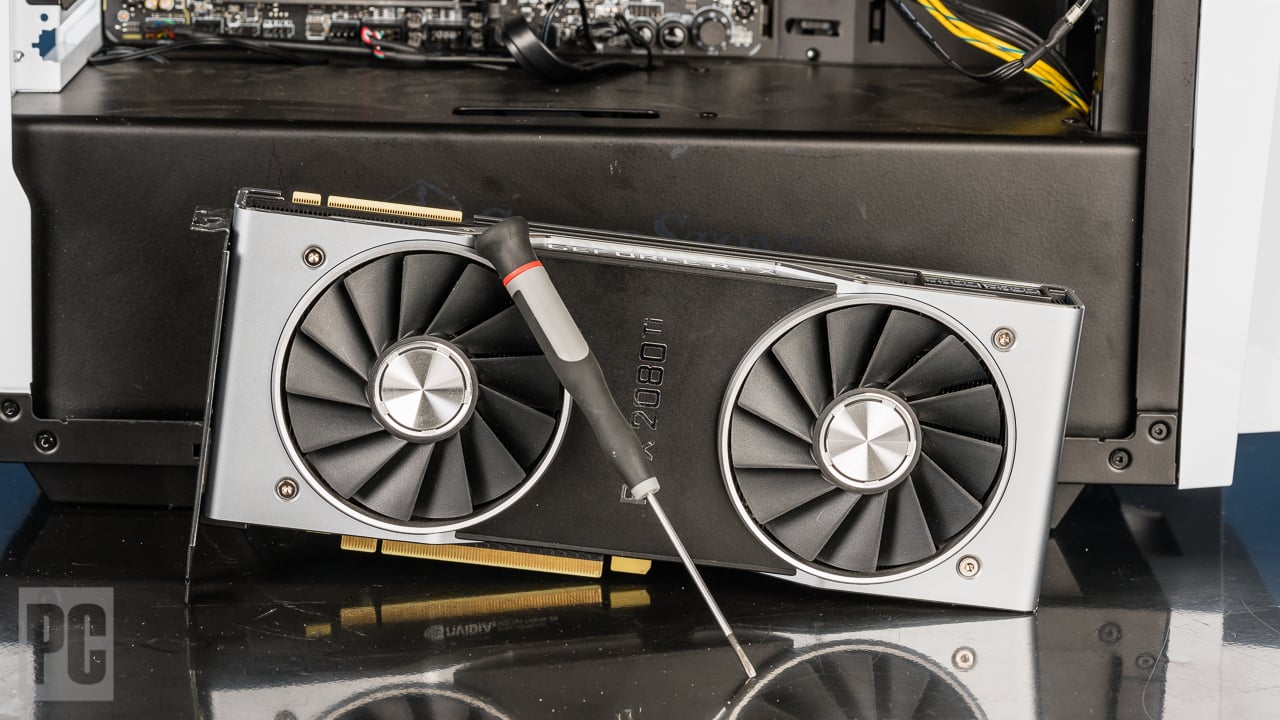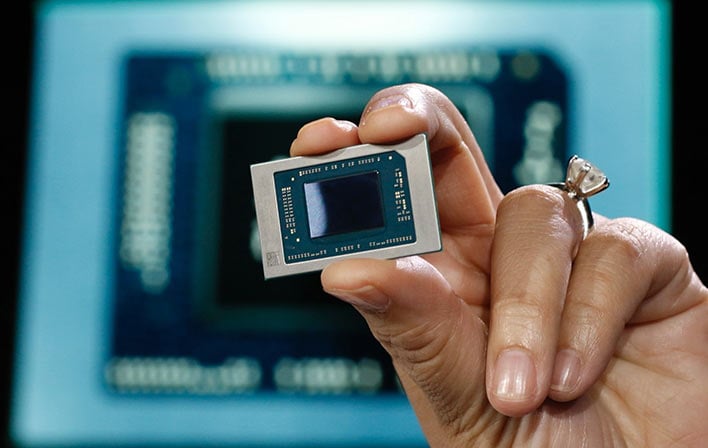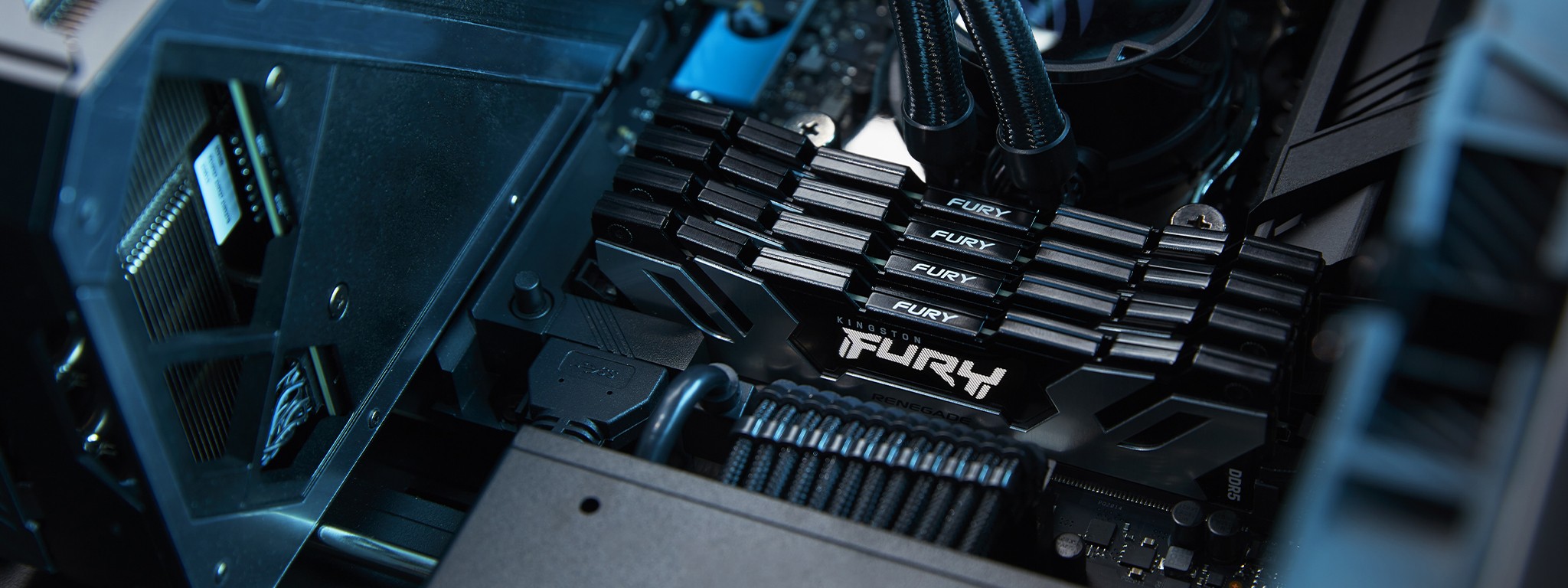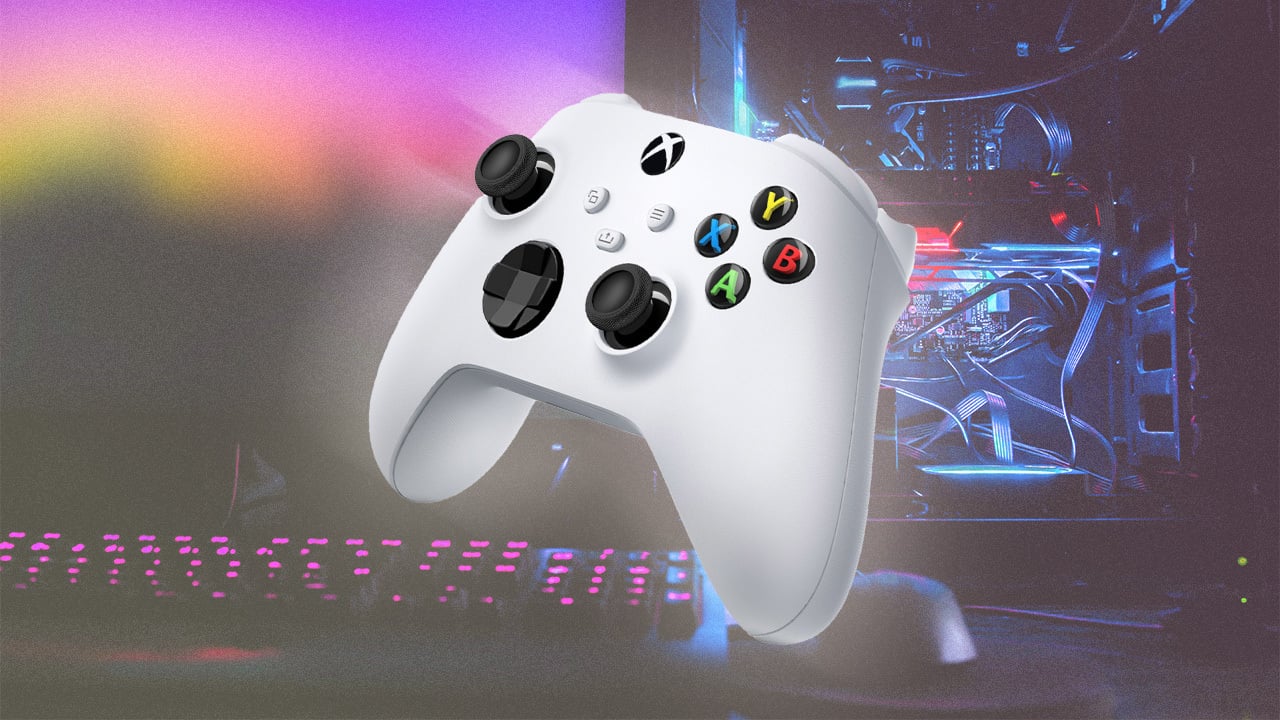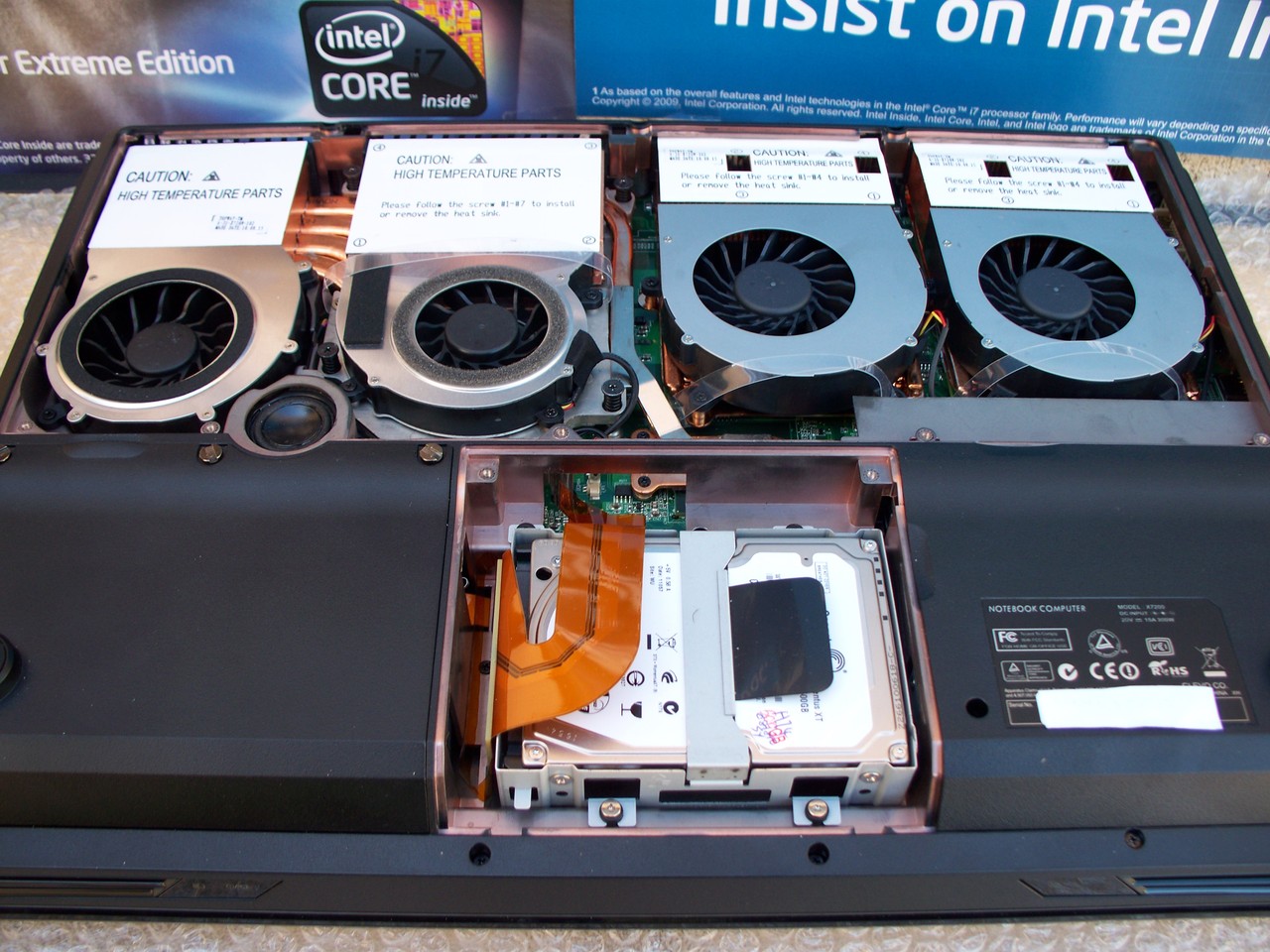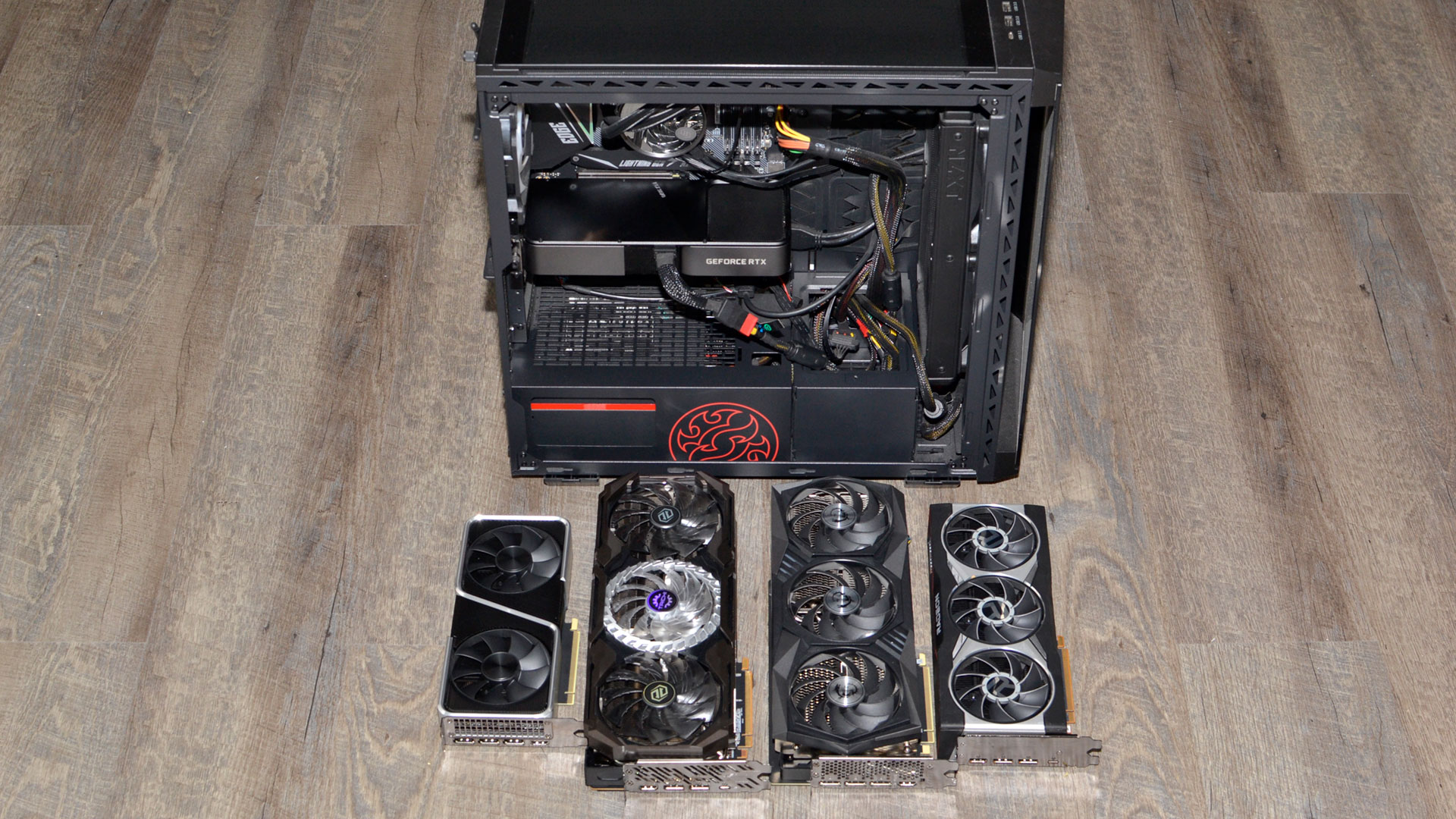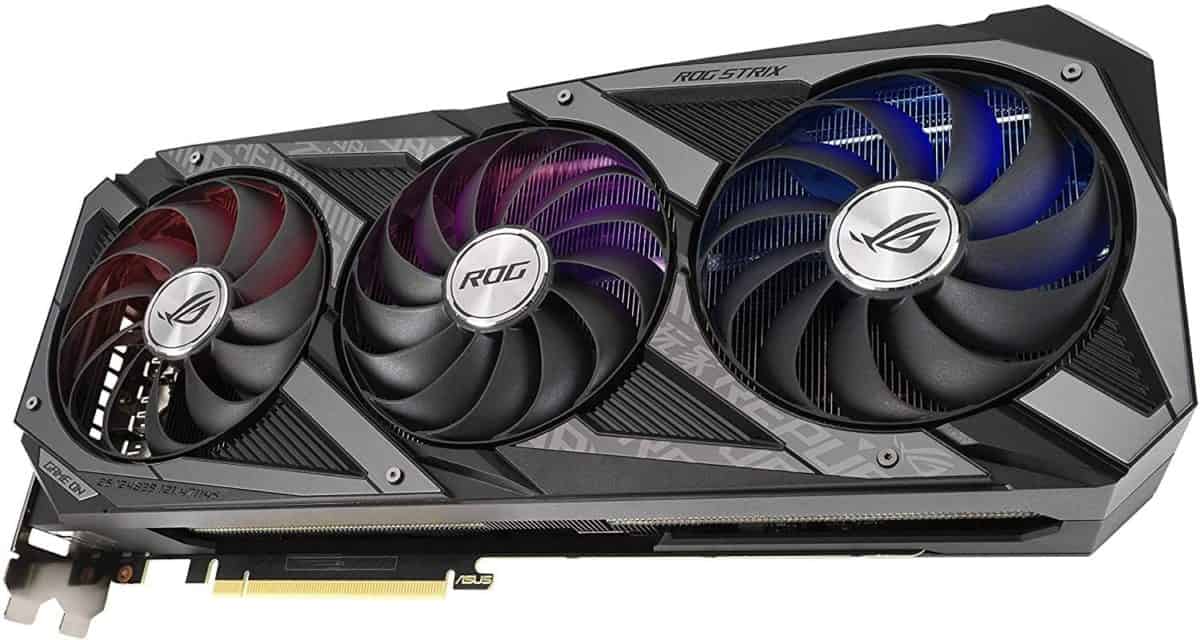Introduction
Are you looking to enhance your gaming or video editing experience? Upgrading your graphics card could be the answer! Your graphics card plays a crucial role in determining the quality and performance of your computer’s graphics output. By upgrading to a more powerful graphics card, you can enjoy smoother gameplay, better visual effects, and faster rendering times.
However, before rushing out to purchase a new graphics card, there are several factors you should consider. Upgrading your graphics card is not just a matter of buying the latest and most expensive option available. It’s important to ensure compatibility with your system, assess the power supply requirements, and consider your budget.
In this article, we will guide you through the process of upgrading your graphics card by providing important information and options to consider. Whether you’re a casual gamer or a professional video editor, this article will help you make an informed decision to take your computer’s graphics capabilities to the next level.
Keep in mind that upgrading your graphics card is not the only solution to improving graphics performance. Other factors, such as your CPU, RAM, and storage, also play a role. However, upgrading your graphics card is often the most significant and noticeable improvement you can make to your system’s visual performance.
So, if you’re ready to supercharge your visual experience, read on to discover what you need to know before upgrading your graphics card.
Factors to Consider before Upgrading
Before jumping into the process of upgrading your graphics card, there are several factors you should carefully consider. These factors will help ensure that you make the right choice for your system and get the most value out of your upgrade.
1. Compatibility with Your System: The first and most crucial factor to consider is compatibility. Not all graphics cards are compatible with all systems. Check the specifications of your computer, including the motherboard, power supply, and available PCI Express slots, to determine what type and size of graphics card can be installed. Pay close attention to the required power and physical dimensions of the graphics card to ensure it fits and functions properly.
2. Power Supply Requirements: Upgrading to a more powerful graphics card may also require upgrading your power supply. High-performance graphics cards consume more power, so it’s essential to ensure that your power supply can handle the increased demands. Consult the technical specifications of the graphics card and compare them with the capabilities of your power supply. If necessary, consider upgrading to a higher-wattage power supply to avoid any compatibility or performance issues.
3. Budget: Another critical factor is your budget. Graphics cards come in a wide range of prices, from budget-friendly options to high-end models. Determine how much you’re willing to spend on your graphics card upgrade and look for options within that budget. Remember to consider the performance improvements you’ll gain from the upgrade and how it aligns with your needs and usage requirements.
4. Graphics Card Options: Once you’ve assessed compatibility, power supply requirements, and budget, you can start exploring the different graphics card options available. Graphics cards are divided into three general categories: entry-level, mid-range, and high-end. Each category offers varying levels of performance and features. Research and compare the specifications, benchmarks, and reviews of different models to find the one that best suits your needs.
5. Future Upgradability: Consider the future upgradability of your system when choosing a graphics card. Some graphics cards offer advanced features like ray tracing or virtual reality support, which may be relevant to your gaming or creative needs. Additionally, check if the graphics card has sufficient VRAM (Video RAM) to handle the latest games and applications. Planning for the future ensures that your investment in a new graphics card will provide long-term benefits.
By carefully considering these factors, you can make an informed decision and choose a graphics card that meets your system’s requirements and your personal preferences. Now that you have a better understanding of the factors to consider, let’s explore the different options available at each price range.
Compatibility with Your System
When considering upgrading your graphics card, one of the most important factors to evaluate is the compatibility with your system. Not all graphics cards are compatible with every computer, so it’s vital to ensure that the one you choose will work seamlessly with your existing setup.
The first step in assessing compatibility is to check the specifications of your computer, including the motherboard and available slots. Graphics cards typically use the PCI Express (Peripheral Component Interconnect Express) slot, so make sure you have an available slot for the new card. You should also take note of the physical dimensions of the graphics card, ensuring that it fits comfortably inside your computer case.
Another crucial aspect to consider is power requirements. High-performance graphics cards consume a significant amount of power, so it’s important to check if your power supply can handle the increased demands. Look at the wattage rating of your power supply and compare it with the recommended power requirements of the graphics card. If your power supply falls short, you may need to upgrade to a higher-wattage model to ensure stability and optimal performance.
Additionally, consider the compatibility of your operating system. Most modern graphics cards are compatible with popular operating systems like Windows and macOS. However, it’s always a good idea to check the manufacturer’s website or product documentation to confirm that the graphics card supports your specific operating system version.
It’s also worth mentioning that different graphics cards offer various connection options. Ensure that the new graphics card you choose has the right ports to connect to your monitor or other display devices. Common port types include HDMI, DisplayPort, and DVI. If you have specific connectivity needs, such as multiple monitors or a specific display standard, make sure the graphics card supports those requirements.
Remember, the compatibility of your system with the graphics card is crucial for a successful upgrade. Whether you have a gaming rig or a workstation, ensuring compatibility will help you avoid any compatibility issues or performance bottlenecks that could hinder your overall experience.
Once you have determined the compatibility of your system, it’s time to move on to the next factor to consider: power supply requirements.
Power Supply Requirements
When upgrading your graphics card, it’s crucial to assess the power supply requirements of the new card. High-performance graphics cards have higher power demands, and if your power supply isn’t capable of providing sufficient power, it can lead to compatibility issues and system instability.
To determine if your power supply is adequate, start by checking its wattage rating. This information is usually indicated on the label of the power supply unit (PSU) itself. Graphics cards typically have recommended power requirements specified by the manufacturer. Ensure that the wattage of your power supply meets or exceeds the recommended power requirements of the graphics card you’re considering.
Keep in mind that the power requirements can differ between graphics card models, so it’s essential to verify the specific power requirements for the card you intend to purchase. It’s also worth noting that these power requirements may vary depending on the overall configuration of your system, including the CPU, storage devices, and other peripherals.
In addition to the overall wattage, consider the number of available PCI Express (PCIe) power connectors on your power supply. High-performance graphics cards often require one or more PCIe power connectors, which provide dedicated power directly to the card. Ensure that your power supply has the necessary connectors to supply power to the graphics card.
In some cases, you may need to use adapters or additional power cables to meet the power requirements of the new graphics card. However, it’s generally recommended to have a power supply that can directly supply the required power without relying on adapters or daisy-chaining cables, as this can introduce potential issues or voltage drop-offs.
Keep in mind that a robust power supply not only meets the immediate power requirements but also provides some headroom for future upgrades or system expansion. Consider your future plans and whether you may add more components that require additional power, such as extra hard drives or a more powerful CPU. Investing in a higher-wattage power supply ensures long-term stability and flexibility.
Before proceeding with your graphics card upgrade, double-check the compatibility of your power supply and ensure its capability to handle the power demands of the new card. This will help avoid potential issues such as system crashes, instability, or underperformance.
Now that you have considered the compatibility of your system and evaluated the power supply requirements, let’s move on to the next factor to consider: your budget.
Budget
When it comes to upgrading your graphics card, one of the essential factors to consider is your budget. Graphics cards come in a wide range of prices, so it’s important to determine how much you’re willing to spend on your upgrade.
Before setting a budget, consider your specific needs and requirements. Are you a casual gamer who wants improved performance for mainstream games, or are you a professional video editor who needs a high-end card for rendering and editing tasks?
Setting a budget helps you narrow down your options and focus on graphics cards that provide the best value for your money. Keep in mind that the most expensive graphics card may not always be the best choice for your needs. You’ll want to strike a balance between cost and performance.
When considering budget, also factor in the overall cost of your upgrade. Will you need to upgrade other components, such as your power supply or cooling system? Take into account any additional expenses that may arise from the upgrade process. It’s better to plan for these costs in advance to avoid any surprises.
Research different graphics card models and compare their performance benchmarks and features within your budget range. Don’t forget to read reviews and customer feedback to get an idea of real-world performance and reliability.
It’s worth mentioning that prices of graphics cards can fluctuate over time due to market trends and new releases. If you’re not in a rush to upgrade, consider keeping an eye out for sales, promotions, or discounts that may make your desired graphics card more affordable.
While it’s important to prioritize your budget, remember that the upgrade is an investment in your computer’s performance and longevity. Consider the potential benefits and enhancements the new graphics card will bring to your gaming, productivity, or creative endeavors.
Now that you have determined your budget, it’s time to explore the different graphics card options available within your price range. In the next sections, we will discuss entry-level, mid-range, and high-end graphics card options to help you make an informed decision.
Graphics Card Options
When it comes to graphics card upgrades, there is a wide range of options available to suit different budgets and performance needs. In this section, we will explore the three main categories of graphics cards: entry-level, mid-range, and high-end.
Entry-Level Graphics Cards: Entry-level graphics cards are affordable options that provide a significant performance boost over integrated graphics. These cards are suitable for casual gaming, multimedia tasks, and basic photo or video editing. While they may not handle the most demanding games or applications at high settings, they are a cost-effective solution for entry-level users. Examples of entry-level graphics cards include the NVIDIA GeForce GTX 1650 and AMD Radeon RX 5500.
Mid-Range Graphics Cards: Mid-range graphics cards offer a balance between cost and performance, making them popular choices among gamers and content creators. These cards provide smoother gameplay, better visual effects, and faster rendering times compared to entry-level options. They can handle most modern games at good to high settings and handle video editing and rendering tasks effectively. Examples of mid-range graphics cards include the NVIDIA GeForce GTX 1660 Ti and AMD Radeon RX 5600 XT.
High-End Graphics Cards: High-end graphics cards are the cream of the crop, delivering top-tier performance for hardcore gamers and professionals. These cards offer the highest levels of visual fidelity, enabling smooth gameplay at maximum settings and handling the most demanding creative applications effortlessly. If you want the best gaming experience or need outstanding performance for 3D modeling, animation, or video editing, high-end graphics cards are the way to go. Examples of high-end graphics cards include the NVIDIA GeForce RTX 3080 and AMD Radeon RX 6900 XT.
Keep in mind that within each category, there are various models with slightly different specifications and performance levels. It’s essential to research and compare the specific models within your desired category to find the one that best meets your needs and budget.
When evaluating graphics card options, consider factors like VRAM capacity, clock speeds, thermal performance, and brand reliability. Look for reviews and benchmarks to get an accurate understanding of the card’s real-world performance in different scenarios.
No matter the category or model you choose, upgrading to a dedicated graphics card is a significant step towards enhancing your visual experience and productivity. Now that you are familiar with the different options available, you can make an informed decision based on your requirements and preferences.
Entry-Level Graphics Cards
Entry-level graphics cards are an excellent choice for users who are on a budget but still want to enjoy better graphics performance than what integrated graphics can offer. These cards are designed to provide a significant upgrade over integrated graphics, making them suitable for casual gaming, multimedia tasks, and basic photo or video editing.
While entry-level graphics cards may not have the raw power of their higher-end counterparts, they can still handle popular games at lower to medium settings, providing a smooth and enjoyable gaming experience. These cards are also capable of handling multimedia tasks, such as streaming videos or viewing high-resolution photos, without any performance issues.
When considering entry-level graphics cards, two popular options come to mind: the NVIDIA GeForce GTX 1650 and the AMD Radeon RX 5500. Both cards offer excellent performance at an affordable price point.
The NVIDIA GeForce GTX 1650 is a compact and power-efficient card that is perfect for small-form-factor systems or budget-conscious users. It provides a noticeable upgrade over integrated graphics, allowing for smooth gameplay and improved multimedia performance. With its Turing architecture and dedicated video memory, it can handle modern games and multimedia tasks with ease.
On the other hand, the AMD Radeon RX 5500 offers a great balance between price and performance. It features AMD’s advanced RDNA architecture and offers impressive gaming performance, making it a popular choice among entry-level gamers. The RX 5500 also supports modern features like DirectX 12 and PCIe 4.0, ensuring compatibility with future games and technologies.
When choosing an entry-level graphics card, consider factors like memory capacity, clock speeds, and cooling solutions. More VRAM (Video RAM) allows for smoother performance in higher resolution gaming and multimedia tasks. Higher clock speeds result in better overall performance, while efficient cooling systems ensure that the card runs at optimal temperatures, reducing the risk of thermal throttling.
Entry-level graphics cards offer an affordable way to enhance your computer’s graphics performance and enjoy a better gaming and multimedia experience. While they may not offer the same level of performance as higher-end cards, they provide a significant leap forward compared to integrated graphics. Evaluate your needs and budget, and choose an entry-level graphics card that suits your requirements.
Now that we’ve explored entry-level graphics cards, let’s move on to the next category: mid-range graphics cards.
Mid-Range Graphics Cards
Mid-range graphics cards strike a balance between affordability and performance, making them an ideal choice for gamers and content creators who want to elevate their visual experiences without breaking the bank. These cards offer a substantial upgrade over entry-level options, providing smoother gameplay, better visual effects, and faster rendering times.
When considering mid-range graphics cards, two popular choices are the NVIDIA GeForce GTX 1660 Ti and the AMD Radeon RX 5600 XT. These cards offer a good balance between price and performance, making them popular among gamers and creative professionals.
The NVIDIA GeForce GTX 1660 Ti is based on NVIDIA’s Turing architecture and delivers impressive performance for its price. It offers an excellent gaming experience, allowing you to play modern games at good to high settings with smooth frame rates. The GTX 1660 Ti also excels in multimedia tasks and can handle video editing and rendering with ease.
On the AMD side, the Radeon RX 5600 XT is a powerful mid-range graphics card that offers great value for its price. It features AMD’s RDNA architecture and delivers exceptional gaming performance across a wide range of titles. The RX 5600 XT also supports features like AMD FreeSync, ensuring tear-free gaming and enhanced visual quality.
When choosing a mid-range graphics card, consider factors like VRAM capacity, clock speeds, and cooling solutions. More VRAM allows for smoother performance and better multitasking, especially when working with larger textures or running multiple monitors. Higher clock speeds translate to faster overall performance, while efficient cooling systems keep temperatures in check, preventing thermal throttling.
It’s also worth noting that mid-range graphics cards provide a great foundation for upgradability. They offer a good balance between performance and price, allowing you to enjoy a high-quality gaming or creative experience without a significant investment. Additionally, by choosing a mid-range card, you can potentially save money that can be allocated towards upgrading other components of your system.
Whether you’re a gamer who wants to play the latest titles at smooth frame rates or a content creator who needs to render videos or work with graphic-intensive applications, mid-range graphics cards provide a solid performance uplift compared to their entry-level counterparts.
Now that we’ve explored mid-range graphics cards, it’s time to dive into the high-end category and see what these cards have to offer.
High-End Graphics Cards
High-end graphics cards are the pinnacle of performance, delivering unparalleled gaming experiences and exceptional capabilities for professional content creators. These cards are designed for enthusiasts and power users who demand the best from their graphics hardware.
When it comes to high-end graphics cards, two popular options are the NVIDIA GeForce RTX 3080 and the AMD Radeon RX 6900 XT. These cards represent the cutting-edge of graphics technology, providing incredible performance and features.
The NVIDIA GeForce RTX 3080 is part of NVIDIA’s Ampere architecture and offers groundbreaking levels of performance. It features a massive amount of VRAM, enabling smooth gameplay in 4K resolution and support for ray tracing. With DLSS (Deep Learning Super Sampling) technology, the RTX 3080 provides enhanced graphical fidelity while maintaining optimal frame rates.
The AMD Radeon RX 6900 XT is AMD’s flagship graphics card, built on the RDNA 2 architecture. It delivers exceptional performance across a wide range of games and applications. The RX 6900 XT boasts a large VRAM capacity, allowing for high-resolution gaming and smooth multitasking. It also supports hardware-accelerated ray tracing, bringing realistic lighting and reflections to your games.
High-end graphics cards are not just about raw performance; they also offer advanced features like real-time ray tracing, which enhances the realism of lighting and reflections in games, and AI-driven technologies that improve images and performance. These cards are ideal for gamers who want to experience games at the highest settings and resolutions, as well as professionals in fields like 3D modeling, video editing, and animation.
When considering a high-end graphics card, factors like power consumption, cooling solutions, and overall system compatibility become more critical. High-end cards tend to require more power and generate more heat, so it’s crucial to have a robust power supply and sufficient cooling to ensure stable and efficient operation.
While high-end graphics cards come with a higher price tag, they offer unparalleled performance and the ability to handle the latest games and demanding creative applications with ease. If you demand the utmost performance and want to experience the cutting-edge of graphics technology, a high-end graphics card would be the right choice for you.
Now that we’ve explored high-end graphics cards, it’s time to summarize the key points and wrap up our discussion.
Conclusion
Upgrading your graphics card can greatly enhance your computer’s visual performance, whether you’re a gamer, content creator, or simply want a smoother multimedia experience. By considering factors like compatibility, power supply requirements, budget, and the different graphics card options available, you can make an informed decision that meets your specific needs and preferences.
Starting with entry-level graphics cards, these options provide a cost-effective way to upgrade from integrated graphics, offering a noticeable boost in gaming and multimedia performance. Mid-range graphics cards strike a balance between price and performance, delivering smooth gameplay and improved rendering capabilities. High-end graphics cards offer top-of-the-line performance and cutting-edge features for the most demanding applications.
When upgrading your graphics card, always ensure compatibility with your system, including the motherboard and power supply. Consider your budget and strive to find the best value for your money within your price range. Research and compare different models based on their performance benchmarks, memory capacity, clock speeds, and cooling solutions.
Keep in mind that while a graphics card upgrade can significantly improve your system’s visual performance, it is essential to consider your overall system configuration. The CPU, RAM, and storage also play a role in delivering optimal performance. Take a holistic approach to upgrading your system to maximize the benefits of your new graphics card.
Finally, always stay up to date with the latest graphics card releases and technology advancements. Graphics card technology evolves rapidly, with new models and features constantly being introduced. Regularly review your needs and consider future upgradability when making your decision.
Now that you are armed with knowledge about upgrading your graphics card, you can confidently choose the right option that fits your budget, matches your system’s compatibility, and meets your performance requirements. Upgrade to the graphics card of your choice and enjoy an elevated visual experience on your computer.







